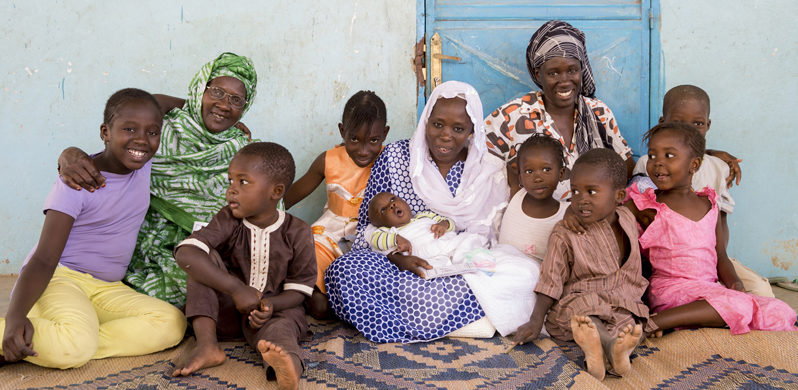On International Women’s Day, Highlighting Health Financing for Maternal Health
The theme for International Women’s Day 2017 is “Be Bold for Change.” What does this mean in a health systems strengthening context? One way is working to ensure that women worldwide receive quality health care when they need it, where they need it, and at prices they can afford. It also means changing the statistics: 300,000 women die each year giving birth. It’s time to end preventable maternal deaths.

While the international community is dedicated to ending preventable maternal deaths, there are still questions about how best to reach this goal. Substantial progress has been made in the last several years, but too many women die in childbirth from preventable causes. The Sustainable Development Goals and initiatives like Every Woman Every Child aim to eliminate preventable maternal deaths, but they can only do so much.
Without the proper policies in place, and country-level capacity to provide maternal health services—and reduced financial barriers to accessing these services—the goals set by these initiatives are unlikely to be met. There is a need for sustainable financing to maintain progress for maternal health, and countries are working to mobilize domestic resources and improve the quality of health services, to meet this goal.
HFG is working towards the goal of reduced maternal mortality by developing and promoting tools that: support evidence-based maternal health planning and budgeting for policymakers, improve country capacity to apply health financing mechanisms to increase access to essential maternal health services, contribute to the evidence on the effectiveness of health financing interventions for service use, and strengthen global partnerships on maternal health-related initiatives to leverage resources for programs.
Recently published studies from HFG found that provider payment systems can improve quality of maternal health services at the point of care. In Zambia and Uganda, HFG is costing activities aimed at reducing the three delays in pregnant women seeking care, and estimating the cost-effectiveness of interventions.
In Ethiopia, community-based health insurance schemes are increasing health service use and overall health outcomes for women. In Namibia, policymakers used Health Accounts data to increase government spending on maternal and reproductive health services from 10% in 2009 to 38% in 2013, contributing to a significant decrease in maternal mortality. In India, stronger health information systems are producing better quality data on maternal health, allowing for improved planning and increased resources for programs geared toward improving the health of women and girls. Through state-level health insurance schemes that will subsidize premiums for priority groups such as pregnant women and children under 5, Nigeria is making strides in improving access to—and quality of—health care for women.
Selected Resources
- Health Financing
- Case Study: The Link between Provider Payment and Quality of Maternal Health Services: Case studies on provider payment mechanisms in Kyrgyz Republic, Nigeria, and Zambia
- Report: The Link between Provider Payment and Quality of Maternal Health Services: A Framework and Literature Review
- Brief: Policy Primer: Using Health Accounts to End Preventable Child and Maternal Deaths
- Blog Post: Strengthening Health System Governance for Improved Quality of Maternal Health Care in Nigeria
- Journal Article: Quality maternity care for every woman, everywhere: a call to action
- Report: Reproductive, Maternal, Newborn, and Child Health (RMNCH) Expenditure Bangladesh
- Health Insurance
- Story: How Ethiopia is Empowering Women Through Community-Based Health Insurance
- Reports: Essential Package of Health Services Country Snapshot Series
- Brief: The Role of Health Insurance in Family Planning
- Journal Article: Effect of Health Insurance on the Use and Provision of Maternal Health Services and Maternal and Neonatal Health Outcomes: A Systematic Review
- Journal Article: Effects of User Fee Exemptions on the Provision and Use of Maternal Health Services: A Review of Literature



